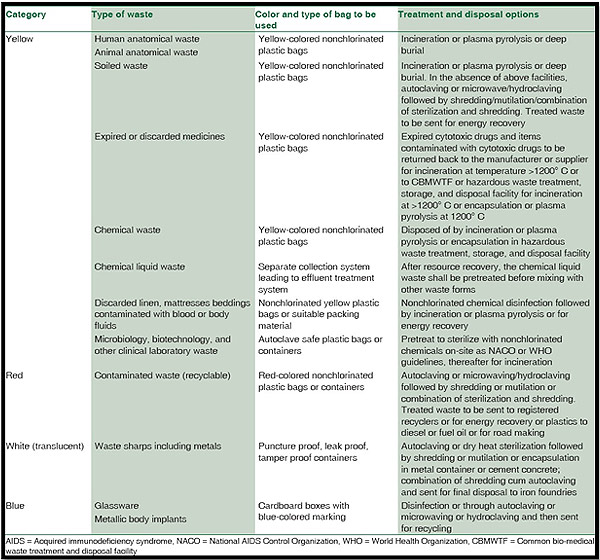Some Of Reclaim Waste
Table of ContentsThe Facts About Reclaim Waste UncoveredNot known Facts About Reclaim WasteRumored Buzz on Reclaim WasteThe 10-Second Trick For Reclaim WasteThe Buzz on Reclaim Waste
Check out the types, events, and types of liquid waste. Residential sewage waste refers to the waste and items from a household septic system. This type of waste is developed by people in houses, colleges, and other buildings. This only consists of sewage-disposal tanks that have a drainpipe field. The correct administration and disposal of domestic sewage waste call for liquid waste to be moved to a sewage therapy plant where the appropriate methods and equipment are related to cleanse and dispose of waste.
Industrial waste frequently includes potential dangers, such as combustible materials or a blend of liquid and solid waste items, and calls for a more sophisticated and detailed disposal process. The disposal of business waste usually involves the filtering of waste prior to transportation to make certain risk-free and proper disposal. Industrial waste is created from by-products and drainage of industrial procedures and manufacturing.
This kind of waste can not use the exact same sewer monitoring transportation or processes as septic or industrial fluids. The hazardous waste monitoring procedure requires the evaluation and testing of fluid waste prior to it undertakes the disposal procedure (liquid waste removal). Drainage waste is the fluid waste that comes from drainage and excess stormwater in highly booming locations or cities
Drainage waste can create contamination and flooding otherwise handled correctly. Learn a lot more concerning drain cleaning and waste administration. Making certain correct waste monitoring can protect against calamities and lower ecological injury. Both individuals in property setups and experts in industrial or manufacturing sectors can take advantage of comprehending the processes and policies of liquid waste monitoring.
Our Reclaim Waste PDFs
Get in touch with PROS Providers today to find out about our waste management and disposal services and the appropriate methods to look after the liquid waste you produce.
(http://go.bubbl.us/e67627/7593?/Reclaim-Waste)This supposed 'wastewater' is not only an essential resource yet, after treatment, will certainly be released to our land, rivers or the ocean. Utilized water from toilets, showers, baths, kitchen area sinks, washings and industrial processes is understood as wastewater.

water used to cool down machinery or clean plant and tools). Stormwater, a type of wastewater, is drainage that flows from farming and city locations such as roofings, parks, gardens, roads, paths and seamless gutters into stormwater drains pipes, after rain. Stormwater flows neglected straight to local creeks or rivers, ultimately reaching the sea.
About Reclaim Waste
In Queensland, most wastewater is dealt with at sewage treatment plants. Wastewater is delivered from domestic or industrial websites with a system of sewers and pump stations, known as sewage reticulation, to a sewage treatment plant.
The Division of Natural Resources suggests regional governments about managing, operating and preserving sewerage systems and treatment plants. In unsewered locations, city governments might need homeowners to install specific or family sewage treatment systems to treat domestic wastewater from commodes, kitchen areas, bathrooms and washings. The Department of Natural Resources authorises the use of household systems when they are confirmed to be effective.
In some brand-new communities, treatment of some stormwater to get rid of trash, sand and crushed rock has begun utilizing gross contaminant traps. Wastewater therapy occurs in 4 phases: Eliminates strong matter.
Wastewater then moves into big storage tanks where solids settle and are eliminated as sludge. Oil and residue are skimmed from the surface. Makes use of tiny living organisms called micro-organisms to break down and get rid of remaining liquified wastes and great fragments. Micro-organisms and wastes are incorporated in the sludge. Gets rid of nitrogen and phosphorus nutrients that can cause algal flowers in our rivers and threaten water life.
Things about Reclaim Waste
Nutrient elimination is not offered in all sewer therapy plants due to the fact that it calls for pricey specialized tools. It is coming to be extra common in Queensland. Clear fluid effluent generated after therapy might still have disease-causing micro-organisms. If this effluent is launched right into rivers such as rivers or the sea, the micro-organisms will ultimately pass away out.

This usually suggests wastewater has actually to be treated or contaminants gotten rid of before it can be discharged to rivers. A lot of wastewater streams into the sewage system. Under the Act, city governments carry out authorizations and licences for eco pertinent activities (ERAs) entailing wastewater launches that may have a local impact. The division administers approvals and permits to Ages including wastewater launches that may have a local or statewide effect.
Reclaim Waste - An Overview
Or else, examples are taken for research laboratory analysis. Frequently lots of examinations are needed to develop the levels of each of the various pollutants such as oils, hefty steels and chemicals in water. Monitoring supplies valid information concerning water top quality and can confirm that permit conditions are Look At This being met. The information gotten via surveillance offers the basis for making water high quality choices.